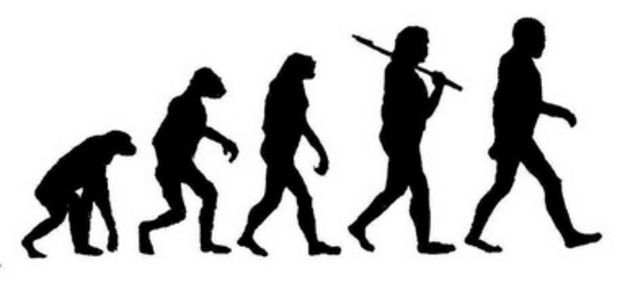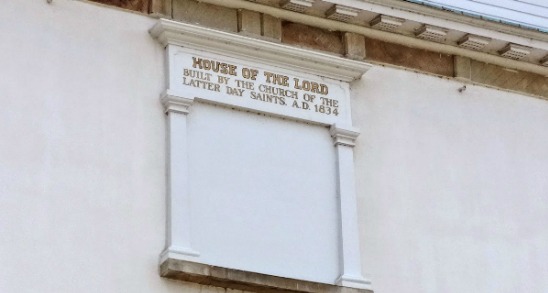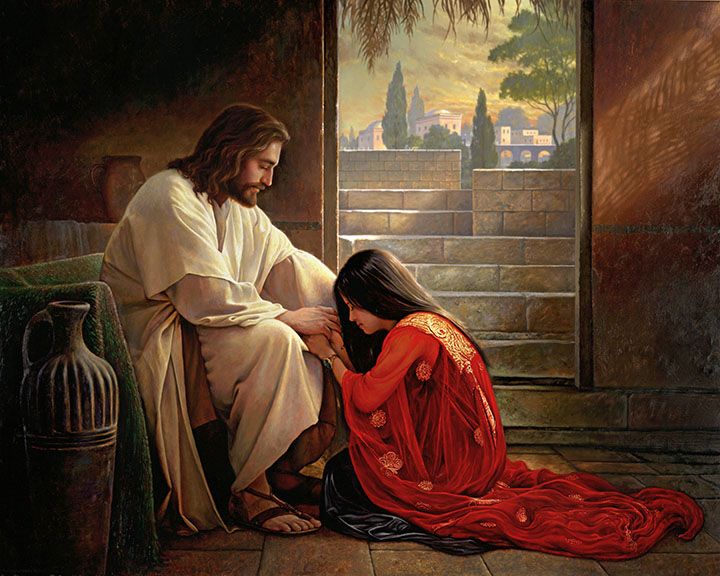Question
Gramps,
My question is this… my husband is a new convert and wonders where does it say in the Bible who has or where does the proper authority come from to baptize? He said he cannot find anything in the bible that says it. He wonders how the LDS church is the only one who has the proper authority to baptize and that other baptisms aren’t “official”.
Michelle
Answer
Dear Michelle,
The doctrines of the restored gospel are revealed plainly in modern scripture and taught regularly by living apostles and prophets. Only then, after the doctrine is understood, can we readily look back in the ancient scriptures and see that they were also taught by the former prophets and apostles. The Bible provides us with several examples where God interacts with man, and theologians have heroically grappled with these examples to discover the underlying pattern. Churches and religious movements have been spawned from such diligent study. It’s as though they searched the Old and New Testaments for interesting numbers and found 4, 16, and 64. One group says, “ah! God loves even numbers!” Another, “It is more exclusive, they must also be squares.” While another declares, “It is more general, any non-zero number will do.” As part of the restoration, we have been given specific instruction in the Doctrine and Covenants and The Book of Mormon on how the gospel and ordinances are to be administered, and looking back we see the pattern fits the old examples and the new ones shown in modern times. Baptism and priesthood authority is a great example of this, so we will begin with modern scripture and then turn back to the Bible.
The original articles of the Church of Jesus Christ instructed on the proper administration of baptism:
“Baptism is to be administered in the following manner unto all those who repent—
“The person who is called of God and has authority from Jesus Christ to baptize, shall go down into the water with the person who has presented himself or herself for baptism, and shall say, calling him or her by name:
“‘Having been commissioned of Jesus Christ, I baptize you in the name of the Father, and of the Son, and of the Holy Ghost. Amen.’
“Then shall he immerse him or her in the water, and come forth again out of the water.” (D&C 20:72-74).
Almost 200 years later, it’s the same system we use today. And it is the same instruction given by Jesus when He organized His church in the Americas (with some variation in the prayer). Specifically,
- The one getting baptized should be penitent
- The one baptizing should be called of God and have authority to baptize
- Both people should be in the water together
- The one baptizing recites the baptismal prayer
- The one getting baptized is immersed and rises from beneath the water
Each of these points is fleshed out more in the scriptures, but since you ask specifically about priesthood authority, we hone in on that one particularly.
The authority to baptize was restored to Joseph Smith by the angel John the Baptist.
“[O]n a certain day [we] went into the woods to pray and inquire of the Lord respecting baptism for the remission of sins…. While we were thus employed, praying and calling upon the Lord, a messenger from heaven descended in a cloud of light, and having laid his hands upon us, he ordained us, saying:
“‘Upon you my fellow servants, in the name of Messiah, I confer the Priesthood of Aaron, which holds the keys … of baptism by immersion for the remission of sins….’
“He said this Aaronic Priesthood had not the power of laying on hands for the gift of the Holy Ghost, but that this should be conferred on us hereafter…. The messenger who visited us on this occasion and conferred this Priesthood upon us, said that his name was John, the same that is called John the Baptist in the New Testament, and that he acted under the direction of Peter, James and John, who held the keys of the Priesthood of Melchizedek, which Priesthood, he said, would in due time be conferred on us.” (Joseph Smith-History 1:68-72).
From this account we learn that:
- There is a “division” of the priesthood: Aaronic and Melchizedek
- The Aaronic Priesthood does not have the same authority as the Melchizedek
- Those acting in the Aaronic Priesthood do so under the direction of those in the Melchizedek
- The Aaronic Priesthood carries the authority to baptize while the Melchizedek carries the authority to confer the Gift of the Holy Ghost
- Priesthood is conferred by another, and is conferred by the laying on of hands
More detail on the offices of the priesthood, as well as the rights, privileges, and duties of those that have received it can be found in D&C 20, 84, and 107, among others. We now turn to the Bible and find these same principles in play.
The first three points are illustrated by the book of Hebrews. As an example, Paul draws attention to the principle of tithing. According to the priesthood order, the Levites received tithes of all the house of Israel. But then he notes that the Levites, through Abraham, paid tithes to the priest Melchizedek. “And without all contradiction the less is blessed of the better.” (Hebrews 7:6, see vs 1-10). This shows a hierarchy of priesthood, with the Aaronic (or Levitical) under the Melchizedek. Paul also uses Jesus as another example. Jesus was not a Levite, yet He held clear authority from God. What was this authority? “For it is evident that our Lord sprang out of Juda; of which tribe Moses spake nothing concerning priesthood. And it is yet far more evident: for that after the similitude of Melchisedec there ariseth another priest… For he testifieth, Thou art a priest for ever after the order of Melchisedec.” (Hebrews 7:14-17). Again, we see here that there is an order of priesthood outside the Aaronic, or Levitical. Jesus held this authority, as did Melchizedek. The scriptures also mention Jethro (Moses’ father-in-law) as a priest outside of the Levite order (Exodus 18:1).
John the Baptist understood that he held a lesser priesthood and that the Messiah would bring a greater one. You’ll recall that John was the son of “a certain priest named Zacharias, of the course of Abia.” (Luke 1:5). Because this was a lineage-based ordination, John would be an heir to the same office and responsibilities provided he kept himself pure and unblemished (see Leviticus 21). But even with the authority that he had, John’s baptism was incomplete. “I indeed baptize you with water unto repentance: but he that cometh after me is mightier than I, whose shoes I am not worthy to bear: he shall baptize you with the Holy Ghost, and with fire.” (Matthew 3:11). Philip (not the apostle) was in the same boat, baptizing by water but not conferring the gift of the Holy Ghost. Philip met a eunuch reading Isaiah, testified to him, and baptized him right away, but did not give him the gift of the Holy Ghost (Acts 8:26-39). Because of this limitation, apostles (like Peter and John) would follow behind Philip and give the gift of the Holy Ghost to new converts (Acts 8:14-17).
Philip provides us with a good example of the last point. He did not assume authority to baptize, but was given it by (and worked under the direction of) the apostles who held greater authority (Acts 6:2-6). And note that Philip was given this authority by the laying on of hands. For the honor of this authority, “no man taketh … unto himself, but he that is called of God, as was Aaron.” (Hebrews 5:4). And the apostles with the Melchizedek priesthood similarly did not take that authority upon themselves, but were instead ordained by Jesus Himself.
Finally, Jesus and His apostles considered it of extreme importance that baptisms be administered by someone who had this authority. When Jesus went to be baptized, he traveled about 80 miles to be baptized by John. When the apostles came across some disciples in Ephesus, there arose some uncertainty about whether their baptism was valid. It had all the proper form (being baptized “unto John’s baptism”), but was not performed by someone authorized by the apostles since Paul seems to think they would have also been instructed on the gift of the Holy Ghost (presumably this training was given by the apostles when they ordained the seven). Paul had the ordinance performed again, by the proper authority (Acts 19:1-6).
With all this, we have found several principles related to proper priesthood and baptism that have been restored through the prophet Joseph Smith. I emphasize again that the Church of Jesus Christ did not arrive at this model through studiously searching the old scriptures to derive a pattern. You can see what a laborious approach it takes to build it from the Bible alone, like wringing every last precious drop from a rag to fill a glass. Instead, modern disciples of Christ follow the pattern that got us the scriptures to begin with – revelation! The revelation given to a modern prophet (D&C 20) coupled with the actual experience of the prophet (JS-H), gives us the model we were looking for. We fill our cups at the fountain of revelation!
Gramps







